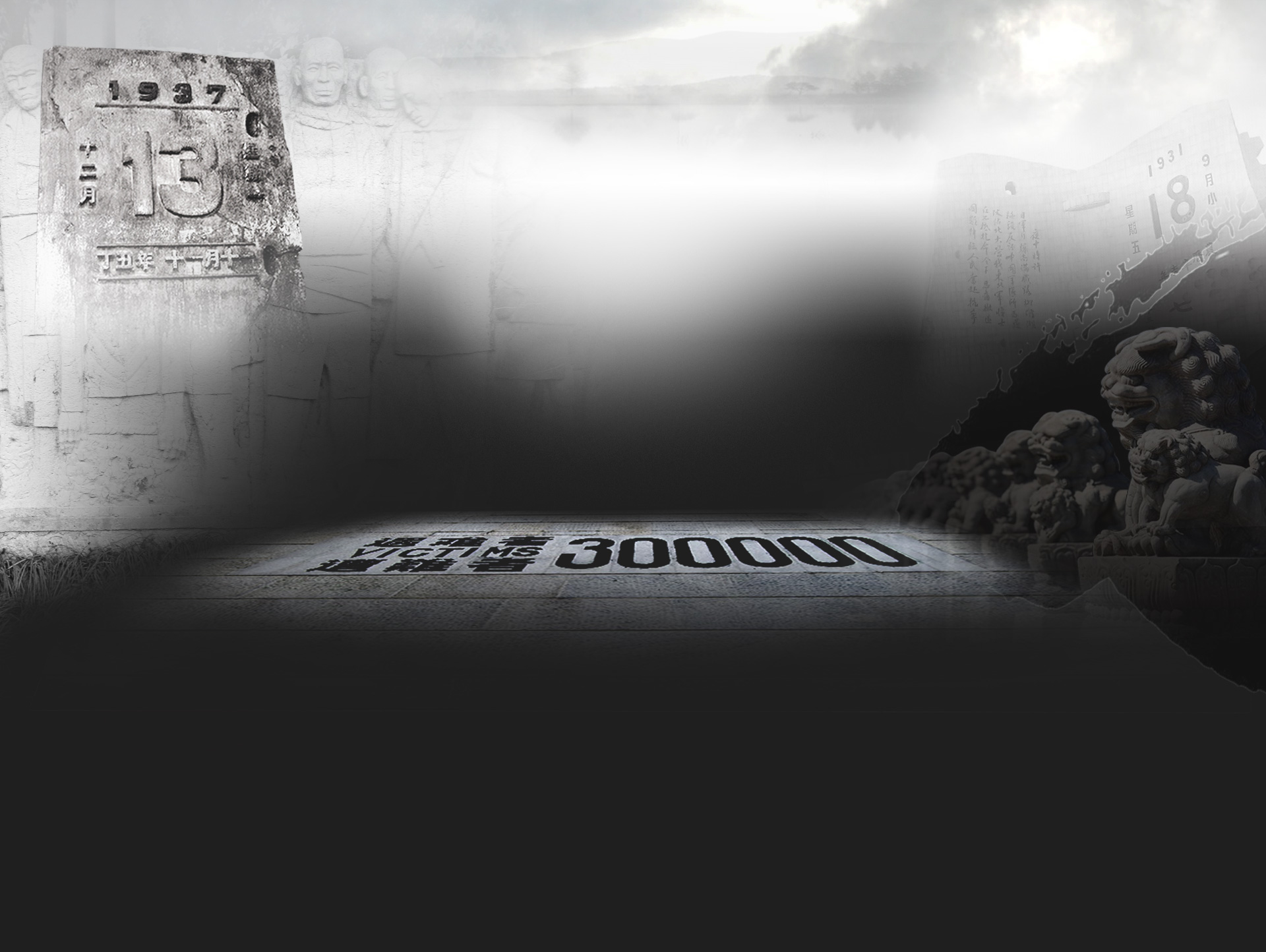HARBIN, Sept. 3 (Xinhua) -- A memorial was held Saturday in northeast China's Heilongjiang Province at the tomb of Wang Ziyang, a Chinese survivor of a Japanese germ warfare research base during WWII.
According to historical records, in September 1934, Wang and 15 others escaped from a human experimental base set up by Japanese general and microbiologist Shiro Ishii in Beiyinhe Township of Wuchang. The escape exposed the Japanese Army's inhumane germ warfare testing for the first time.
To enhance secrecy and expand the scale of tests, Ishii built another base 20 km south of Harbin in 1936, which became the headquarters of the notorious Unit 731. There were no survivors of that test site.
Wang joined the Communist Party of China and fought courageously against Japanese invaders after his escape. He died in a battle in Mulan County in March 1937.
The details of the escape were recorded in a book written by Feng Zhongyun, general of a local anti-Japanese militia.
In April this year, Wang's tomb was found and confirmed in Yuanbaoshan Forest Farm, the original base of the anti-Japanese militia of which Wang had been appointed acting commander.
Jin Chengmin, curator of the Exhibition Hall of Crime Evidences, built upon the ruins of Unit 731, said the discovery added further evidence of the atrocities of the Japanese invaders.
Unit 731 was a top-secret biological and chemical warfare research base established in Harbin as the nerve center of Japanese biological warfare in China and Southeast Asia during WWII.
Civilians and prisoners of war from China, the Soviet Union, the Korean Peninsula and Mongolia all perished at the hands of Japanese scientists.
The retreating Japanese blew up the base when the Soviet Union army took Harbin in 1945.
